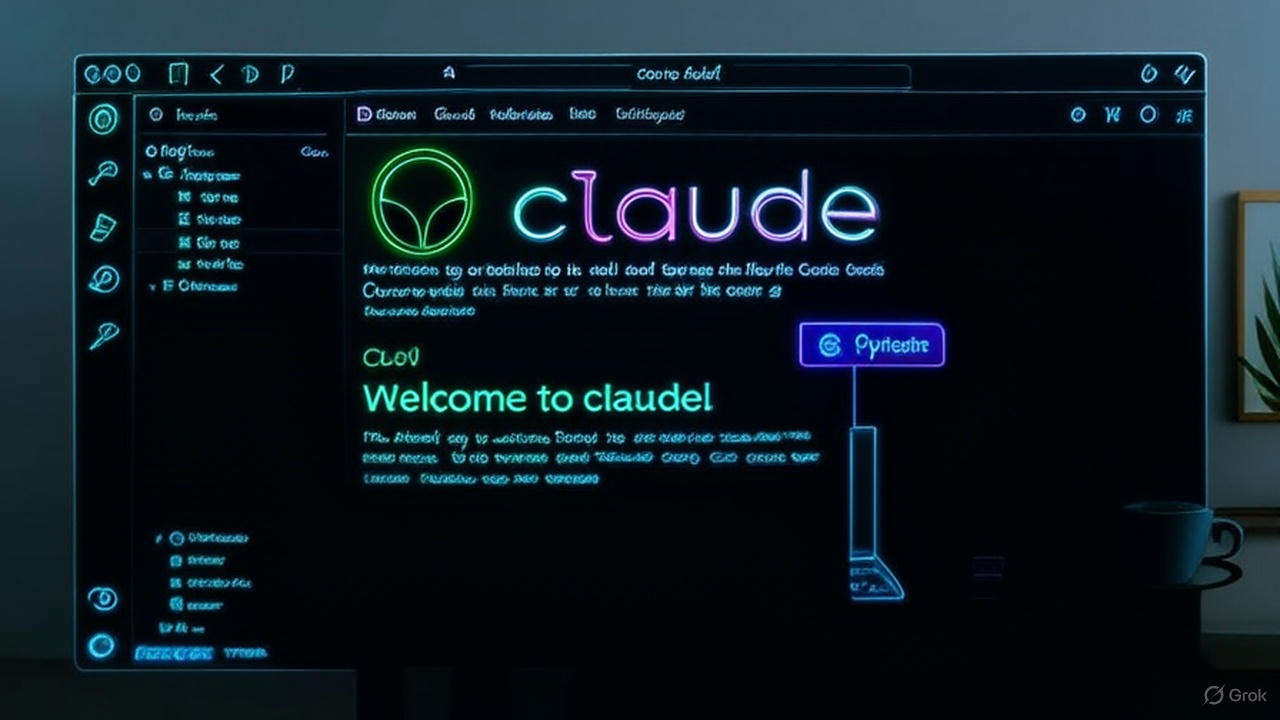Day One: Building in Public - My AI Learning Journey Begins

Day One: Building in Public - My AI Learning Journey Begins
Today marks the official start of documenting something I’ve been living for the past few months. This journey into AI started way before today - it’s been brewing in my head for much longer than that. But this is day one of sharing it publicly, of building Alien Brain Trust in the open.
The irony isn’t lost on me - teaching AI while learning it myself. But that’s exactly the point. We’ll get into my early days of AI exploration in later posts. For now, know that this isn’t really “day one” of the journey - it’s day one of the blog.
Why This Blog Exists
I’ve spent over 25 years in cybersecurity, specializing in IAM (Identity and Access Management) and PAM (Privileged Access Management) automation. I’ve built systems, automated processes, and solved complex security challenges for organizations that can’t afford to get it wrong. But AI? This is new territory.
The landscape is filled with two extremes: oversimplified “AI for everyone” content that barely scratches the surface, and highly technical research papers that require a PhD to parse. There’s a massive gap in the middle - practical AI implementation for professionals who need to actually use this technology to solve real business problems.
That gap is what Alien Brain Trust is designed to fill. And this blog is where I document the entire process of building it.
What I’m Building
Alien Brain Trust is an AI education platform focused on practical implementation. The flagship course, AI-1001, is designed for business professionals, technical leaders, and anyone who needs to move beyond the hype and actually implement AI solutions.
I’m not building this as an AI researcher or academic. I’m building it as someone who’s spent decades implementing technology in high-stakes environments. Someone who knows that understanding the theory is worthless if you can’t execute in the real world.
The Setup So Far
Over the past few days, I’ve been laying the foundation:
Development Environment:
- Installed Claude Code VS Code extension as my primary AI assistant
- Set up this GitHub Pages blog with a proper Git workflow
- Configured my development pipeline to push content seamlessly
- Created a content structure that balances personal journey with professional insights
Content Strategy: I’m organizing content into four main categories:
- AI Learning - My experiments, discoveries, and lessons learned
- Cybersecurity - Applying 25+ years of security expertise to AI
- Automation - Bridging my IAM/PAM background with modern AI tools
- Alien Brain Trust - Behind-the-scenes of building the business
Tools in My Stack:
- Grok for business planning, consulting, alternative AI perspectives, and image generation - where this journey really started after running out of ChatGPT tokens. Elon sold me when he talked about “PhD-level knowledge across all subjects in your pocket.” Grok4 was my gateway into serious AI experimentation.
- Claude Sonnet 4.5 for development assistance and content creation
- VS Code with Claude Code extension for development
- Synthesia for AI avatar video content creation (managing credit limits strategically)
- GitHub for version control and Pages hosting
- Various AI tools I’m testing for course development
(I’ll dive deeper into my early days of prompting and why I switched from ChatGPT to Grok in a later post)
Why “Learning in Public” Matters
I could wait until everything is perfect. Polish every lesson, perfect every module, present only the finished product. But that’s not authentic, and it’s not helpful.
The reality of implementing AI is messy. You run into limitations (like managing Synthesia credits for video production). You pivot when things don’t work. You iterate, experiment, and sometimes fail. That’s the real story, and that’s what I’m going to share.
Learning in public means:
- Sharing what works and what doesn’t
- Documenting failures as learning opportunities
- Building credibility through authenticity, not perfection
- Inviting others to learn alongside me
- Creating a community of practitioners, not just consumers
What’s Next
This week, I’m focused on:
- Course Structure - Finalizing the AI-1001 curriculum framework
- Content Creation - Developing initial course modules
- Video Production - Creating course content with my Synthesia AI avatar
- Platform Development - Building the technical infrastructure for course delivery
- Domain Configuration - Connecting this blog to a custom domain (next on the list!)
The Meta Reality
Here’s the beautiful paradox: I’m using AI to build an AI education platform. Claude Code is helping me write content, structure courses, and solve technical challenges. Every interaction teaches me something new about AI capabilities and limitations - lessons that directly inform what I teach.
This isn’t just building a course. It’s a real-time case study in AI implementation.
Join the Journey
If you’re interested in practical AI implementation, if you’re tired of hype and want substance, if you believe the best learning happens when we share the messy middle and not just the polished end - stick around.
This is day one. There will be successes and failures, breakthroughs and setbacks, brilliant insights and stupid mistakes. I’m documenting all of it.
Welcome to the journey.
Want to follow along? This blog will update regularly as I build Alien Brain Trust and dive deeper into AI implementation. Subscribe, star the repo, or just check back. The adventure is just beginning.
Up Next: Connecting this blog to a custom domain and diving into why Alien Brain Trust exists in the first place.